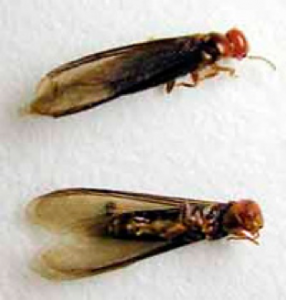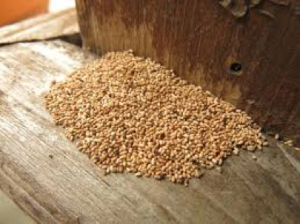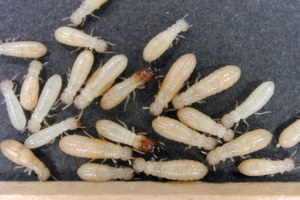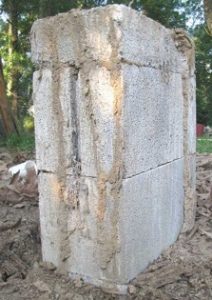Termite and Pest Control
Inspection – PowerX provides free termite inspections.
Treatment – Upon inspecting your property, we will work with you to decide what the best treatment approach is for your home or business.
Guarantee – Our work is guaranteed for up to a year for qualifying treatments.
We provide localized drywood termite treatments, which are less invasive and are designed to concentrate on problem areas.
We also provide tenting fumigation for homes and commercial properties to eradicate drywood termites.
Drywood termites can infest buildings, fence posts, furniture, living trees, and basically anything containing wood. The reproductive adults can swarm year-round. Within a few years, a drywood termite colony can have hundreds to thousands of termites. They can produce several generations per year, which is why it is critical to get them under control before they damage your property.
Signs of an infestation:
- Adult termites swarming by the windows
- Wings near windows
- Small pellets (droppings)—these can vary in color depending on the wood they’re feeding on
- Surface blisters on the wood
- Hollow feeling or sounding wood when tapped
Drywood termite swarmer

Drywood termite pellets

Drywood termite swarmer

Subterranean Termites
There are some steps homeowners should take in order to eliminate harborage areas where subterranean termites can begin to nest.
- Remove any tree stumps or roots close to the home.
- Ensure that any landscaping (mulch or plants) is at least 2 feet away from the home.
- Conduct annual inspections. These should consist of looking for wings, winged adults, mud tubes, and wood damage.
- Ensure that any wood that is in direct contact with the soil (fence posts, poles) is pressure treated and located away from the home.
Signs of a subterranean infestation include:
- Mud tubes
- Winged adults (swarmers)
- Wings
- Wood damage
- Hollow sound when tapping on wood
Treatment methods
- Trenching and treating the perimeter of the house to create a termiticide barrier
- Installing bait stations in strategic areas around the house
Winged subterranean termites

Mud Tube (foundation)

Mud Tube (Tree)

Damage


